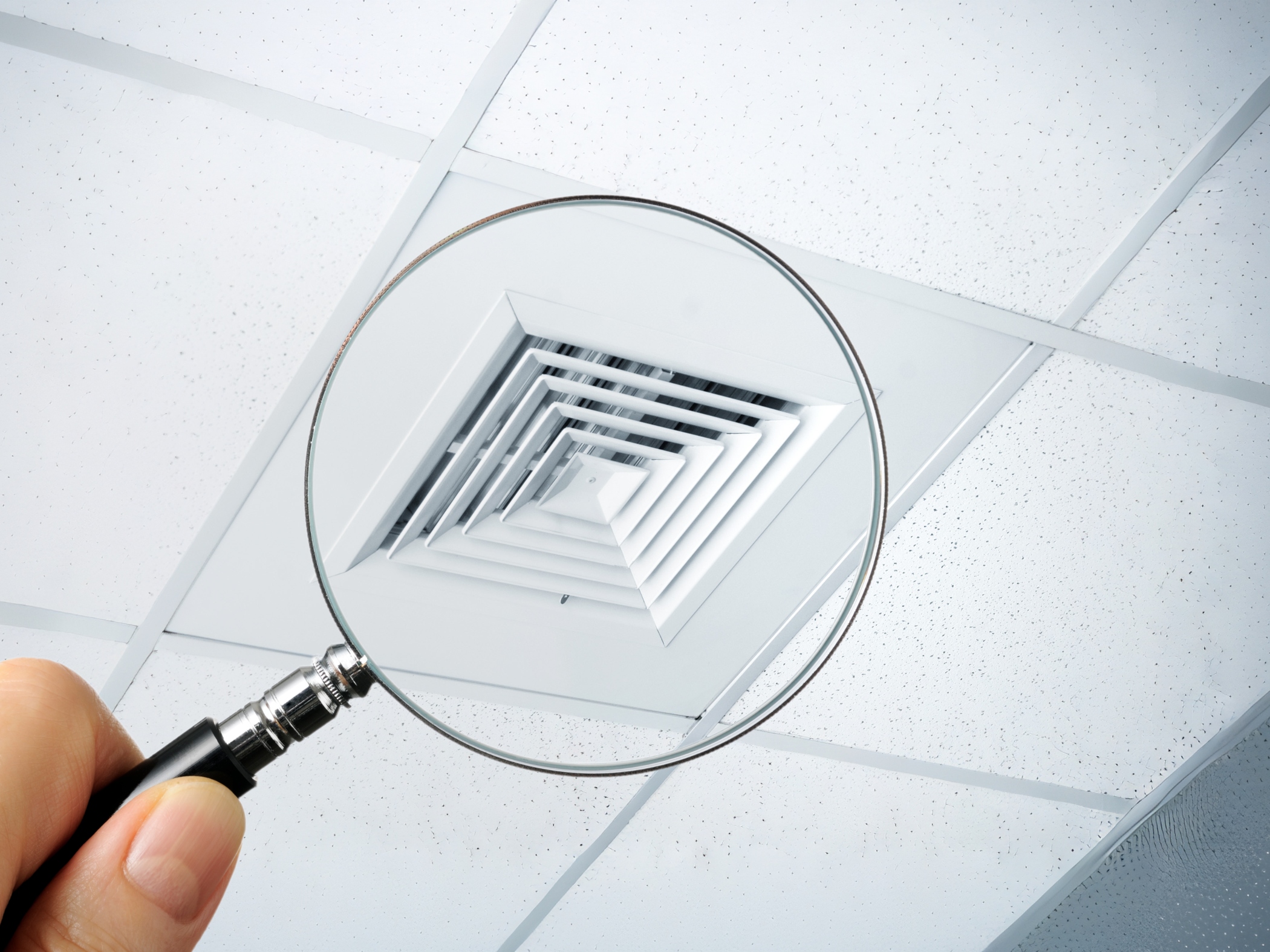Annual cleaning and inspection of your cooling system are critical to its efficient operation. Optimizing savings and indoor comfort, however, requires a year-round commitment. Start by walking around your facility. You're likely to find ways to reduce air conditioning energy costs in unexpected places.
Building controls
Building controls are designed to optimize savings, but if you "set it and forget it," they can end up increasing energy costs. Occupancy and operating schedules often vary over time, and building controls must change accordingly. Adjust thermostats and other controls to save energy and maintain comfort. Consider installing a smart thermostat. They optimize savings and convenience through cool features such as self-programming and remote control.
Ductwork
Leaky ducts can lead to higher heating and cooling costs. While some leaks are easy to locate, testing helps identify the extent of system energy waste by finding hidden leaks. Those that are within reach can be fixed with mastic tape. Large-scale leaks can be sealed using aerosol technology, in which tiny particles are blown through the duct system and adhere to leaks, forming a seal.
Kitchen ventilation
Fans in kitchen operations often run at full capacity all day, wasting energy and making your HVAC system work harder to supply makeup air. Turn your kitchen ventilation system down during slow periods or install demand control ventilation, which saves energy by adjusting the fan speed automatically according to need.
Blocked vents
Vents circulate conditioned air through your space, but not if they are covered by furniture, equipment or rugs. Check throughout your facility to ensure all vents are open and uncovered, which will help keep the air flowing freely, ensuring more uniform comfort throughout your space and reducing the load on your air conditioning system.
If your heating or cooling system is older or in need of repair, consider upgrading to a new ENERGY STAR®-certified commercial HVAC system. ENERGY STAR models are independently tested to use less energy while still optimizing comfort.

